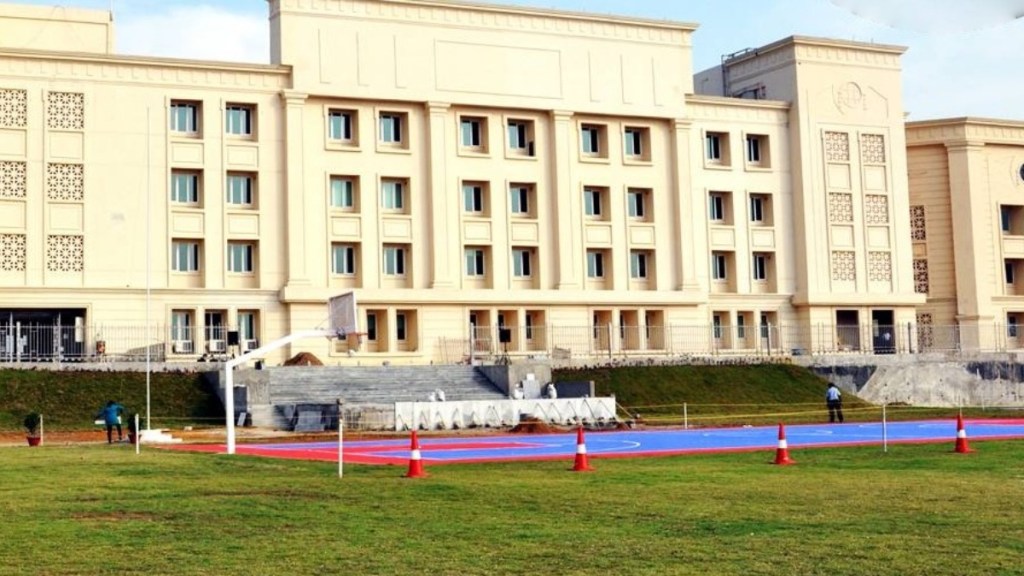In an age where technology drives every aspect of life, the education industry is undergoing a profound transformation. At the forefront of this change is Hiranandani Upscale School (HUS) in Chennai, where technology plays a pivotal role in shaping the student experience. We spoke with Sivakumar Srinivasan, the Director of HUS, to explore how the school is utilising digital tools to prepare students for the future.
The Beginnings of a Digital Journey
Reflecting on the school’s early steps toward integrating technology, Srinivasan explained that HUS was committed to more than just traditional education from the outset. “When we established the school in 2011, we made a conscious effort to incorporate advanced technology into our classrooms. We believe that 21st-century learners need more than textbooks; they need skills that equip them for a tech-driven world.”
Since then, technology has grown into a central pillar of the school’s teaching methodology, providing personalised learning experiences and preparing students for the challenges and opportunities of the digital age.
Smart Classrooms: Transforming Learning
At HUS, traditional classrooms have transformed into “Smart Classrooms.” These modern learning environments are equipped with LCD projectors and digital resources that enable a multimedia approach to education. Teachers use videos, animations, and interactive quizzes to make lessons more dynamic and accessible.
“Our Smart Classrooms blend traditional teaching with modern techniques,” Srinivasan said. “It makes abstract concepts tangible, and students engage with the material in ways that suit their learning styles.” This interactive environment, enhanced by real-time feedback, allows teachers to tailor lessons, providing deeper challenges for advanced students while supporting others who need more attention.
Empowering Students through ICT Labs
Beyond the Smart Classrooms, HUS boasts two ICT (Information and Communications Technology) labs, where students develop critical digital skills. These labs offer a hands-on approach to coding, programming and even cybersecurity, ensuring that students are prepared for the challenges of a digital world.
Srinivasan emphasised the importance of integrating these skills across various subjects, noting, “We’re not just teaching students how to use technology, but how to become creators with it. They learn to solve problems using digital tools, a mindset that will serve them well in any field.”
Enhancing the School Experience for Students and Parents
Technology’s influence at HUS extends beyond academics. The school uses digital platforms to streamline administrative tasks and enhance communication between parents, teachers, and students. Parents can easily stay informed about their child’s progress, while students have access to e-learning platforms that provide online resources like digital textbooks and interactive quizzes.
“These tools allow students to revisit lessons at their own pace, reinforcing what they learn in the classroom,” Srinivasan explained. This flexibility helps students build confidence in their understanding of the material.
Looking to the Future
As technology continues to evolve, so too does HUS’s approach to education. The school is actively exploring AI-driven platforms that personalise learning experiences even further, as well as virtual reality (VR) tools that can bring subjects to life in immersive ways. HUS is also focusing on expanding its digital literacy programs, teaching students about the ethical implications of technology, including cybersecurity and digital responsibility.
Preparing Students for a Digital Future
The ultimate goal at HUS is to ensure that students are not just passive users of technology but active participants in the digital world. “We’re teaching students how to think critically, solve problems, and collaborate effectively,” Srinivasan said. These skills, honed through the school’s commitment to technology, will prepare students to face the challenges and seize the opportunities of a tech-driven future.

